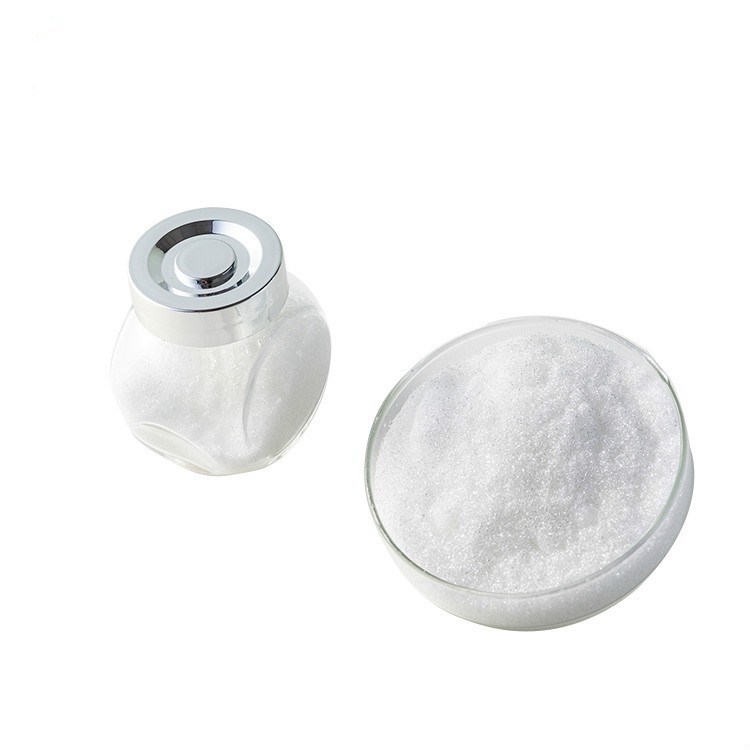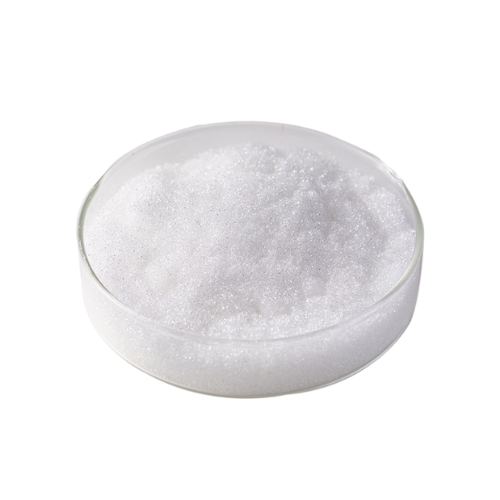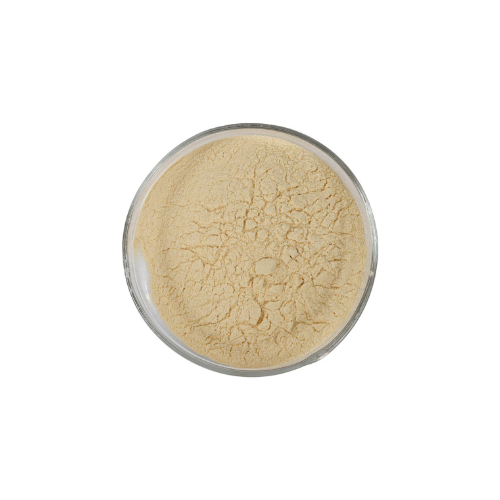Taurine
CAS :107-35-7
APPEARANCE: WHITE POWDER
MOLECULAR FORMULA: C2H7NO3S
MOLECULAR WEIGHT: 125.15
CERTIFICATES: GMP/KOSHER/HALAL
SPECIFICATIONS:JP/USP
Description
Taurine, also known as β-aminoethanesulfonic acid, was first isolated from bezoar, hence the name. The pure product is colorless or white slant crystals, odorless, taurine is chemically stable, insoluble in organic solvents such as ether, is a sulfur-containing non-protein amino acid, exists in a free state in the body, and does not participate in the protein Biosynthesis. Although taurine is not involved in protein synthesis, it is closely related to the metabolism of cystine and cysteine. The cysteine sulfite carboxylase (CSAD) activity of the human body to synthesize taurine is low, and it mainly relies on the intake of taurine in food to meet the body's needs.
Function
1. Taurine can accelerate the development of the nervous system.
2. Taurine plays an important role in maintaining normal vision.
3. Taurine can improve the immune system and help the body grow.
4. Taurine can accelerate the digestion of fat and play a role in bile metabolism.
5. Taurine helps maintain brain function and promote brain development in infants and young children.
6. Taurine has the effect of endocrine balance, which can regulate and protect the cardiovascular system of the human body.
Application
1. Food: Taurine can be used as a nutritional supplement in dairy products, beverages, formula milk powder, infant formula milk powder, milk powder, soy products and other foods.
2. In beverages: Taurine can be used as a nutritional supplement for tea and other beverages.
3. Medicine: Taurine can be used as an antihypertensive, hypoglycemic agent and cardiotonic in medicine.
4. Personal care: Taurine can be used in cosmetics and personal care products, such as skin care products.
5. In agriculture/animal feed/poultry: Taurine can be used as a nutritional supplement in agriculture/animal feed/poultry feed, such as cat food and dog food.
INQUIRY
CATEGORIES
LATEST NEWS
CONTACT US
Contact: Mr.Tom J.
Phone: 86-13156593208
E-mail: x@lecbio.com
Whatsapp:0086-13156593208
Add: Qingtong Road,Hefei,Anhui,China 231000



